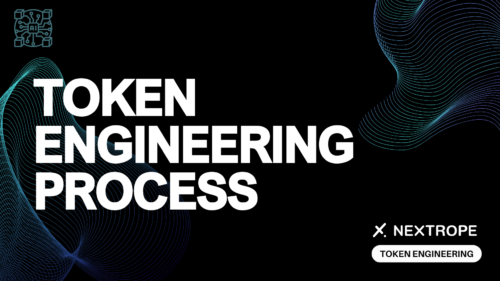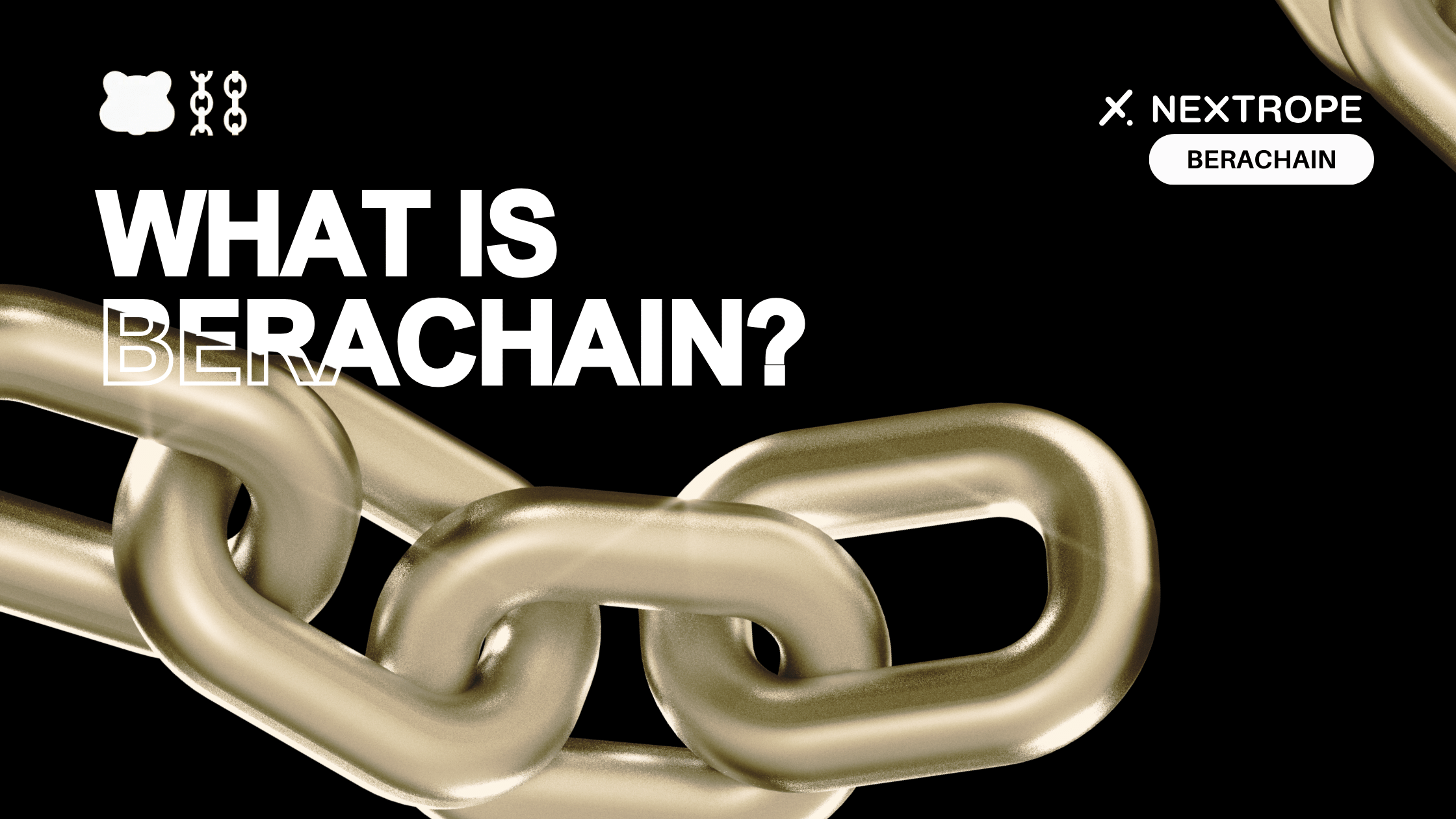Token Engineering is an emerging field that addresses the systematic design and engineering of blockchain-based tokens. It applies rigorous mathematical methods from the Complex Systems Engineering discipline to tokenomics design.
In this article, we will walk through the Token Engineering Process and break it down into three key stages. Discovery Phase, Design Phase, and Deployment Phase.
Discovery Phase of Token Engineering Process
The first stage of the token engineering process is the Discovery Phase. It focuses on constructing high-level business plans, defining objectives, and identifying problems to be solved. That phase is also the time when token engineers first define key stakeholders in the project.
Defining the Problem
This may seem counterintuitive. Why would we start with the problem when designing tokenomics? Shouldn’t we start with more down-to-earth matters like token supply? The answer is No. Tokens are a medium for creating and exchanging value within a project’s ecosystem. Since crypto projects draw their value from solving problems that can’t be solved through TradFi mechanisms, their tokenomics should reflect that.
The industry standard, developed by McKinsey & Co. and adapted to token engineering purposes by Outlier Ventures, is structuring the problem through a logic tree, following MECE.
MECE stands for Mutually Exclusive, Collectively Exhaustive. Mutually Exclusive means that problems in the tree should not overlap. Collectively Exhaustive means that the tree should cover all issues.
In practice, the “Problem” should be replaced by a whole problem statement worksheet. The same will hold for some of the boxes.
A commonly used tool for designing these kinds of diagrams is the Miro whiteboard.
Identifying Stakeholders and Value Flows in Token Engineering
This part is about identifying all relevant actors in the ecosystem and how value flows between them. To illustrate what we mean let’s consider an example of NFT marketplace. In its case, relevant actors might be sellers, buyers, NFT creators, and a marketplace owner. Possible value flow when conducting a transaction might be: buyer gets rid of his tokens, seller gets some of them, marketplace owner gets some of them as fees, and NFT creators get some of them as royalties.
Incentive Mechanisms Canvas
The last part of what we consider to be in the Discovery Phase is filling the Incentive Mechanisms Canvas. After successfully identifying value flows in the previous stage, token engineers search for frictions to desired behaviors and point out the undesired behaviors. For example, friction to activity on an NFT marketplace might be respecting royalty fees by marketplace owners since it reduces value flowing to the seller.
Design Phase of Token Engineering Process
The second stage of the Token Engineering Process is the Design Phase in which you make use of high-level descriptions from the previous step to come up with a specific design of the project. This will include everything that can be usually found in crypto whitepapers (e.g. governance mechanisms, incentive mechanisms, token supply, etc). After finishing the design, token engineers should represent the whole value flow and transactional logic on detailed visual diagrams. These diagrams will be a basis for creating mathematical models in the Deployment Phase.
Objective Function
Every crypto project has some objective. The objective can consist of many goals, such as decentralization or token price. The objective function is a mathematical function assigning weights to different factors that influence the main objective in the order of their importance. This function will be a reference for machine learning algorithms in the next steps. They will try to find quantitative parameters (e.g. network fees) that maximize the output of this function.
Modified Metcalfe’s Law can serve as an inspiration during that step. It’s a framework for valuing crypto projects, but we believe that after adjustments it can also be used in this context.
Deployment Phase of Token Engineering Process
The Deployment Phase is final, but also the most demanding step in the process. It involves the implementation of machine learning algorithms that test our assumptions and optimize quantitative parameters. Token Engineering draws from Nassim Taleb’s concept of Antifragility and extensively uses feedback loops to make a system that gains from arising shocks.
Agent-based Modelling
In agent-based modeling, we describe a set of behaviors and goals displayed by each agent participating in the system (this is why previous steps focused so much on describing stakeholders). Each agent is controlled by an autonomous AI and continuously optimizes his strategy. He learns from his experience and can mimic the behavior of other agents if he finds it effective (Reinforced Learning). This approach allows for mimicking real users, who adapt their strategies with time. An example adaptive agent would be a cryptocurrency trader, who changes his trading strategy in response to experiencing a loss of money.
Monte Carlo Simulations
Token Engineers use the Monte Carlo method to simulate the consequences of various possible interactions while taking into account the probability of their occurrence. By running a large number of simulations it’s possible to stress-test the project in multiple scenarios and identify emergent risks.
Testnet Deployment
If possible, it's highly beneficial for projects to extend the testing phase even further by letting real users use the network. Idea is the same as in agent-based testing - continuous optimization based on provided metrics. Furthermore, in case the project considers airdropping its tokens, giving them to early users is a great strategy. Even though part of the activity will be disingenuine and airdrop-oriented, such strategy still works better than most.
Time Duration
Token engineering process may take from as little as 2 weeks to as much as 5 months. It depends on the project category (Layer 1 protocol will require more time, than a simple DApp), and security requirements. For example, a bank issuing its digital token will have a very low risk tolerance.
Required Skills for Token Engineering
Token engineering is a multidisciplinary field and requires a great amount of specialized knowledge. Key knowledge areas are:
- Systems Engineering
- Machine Learning
- Market Research
- Capital Markets
- Current trends in Web3
- Blockchain Engineering
- Statistics
Summary
The token engineering process consists of 3 steps: Discovery Phase, Design Phase, and Deployment Phase. It’s utilized mostly by established blockchain projects, and financial institutions like the International Monetary Fund. Even though it’s a very resource-consuming process, we believe it’s worth it. Projects that went through scrupulous design and testing before launch are much more likely to receive VC funding and be in the 10% of crypto projects that survive the bear market. Going through that process also has a symbolic meaning - it shows that the project is long-term oriented.
If you're looking to create a robust tokenomics model and go through institutional-grade testing please reach out to contact@nextrope.com. Our team is ready to help you with the token engineering process and ensure your project’s resilience in the long term.
FAQ
What does token engineering process look like?
- Token engineering process is conducted in a 3-step methodical fashion. This includes Discovery Phase, Design Phase, and Deployment Phase. Each of these stages should be tailored to the specific needs of a project.
Is token engineering meant only for big projects?
- We recommend that even small projects go through a simplified design and optimization process. This increases community's trust and makes sure that the tokenomics doesn't have any obvious flaws.
How long does the token engineering process take?
- It depends on the project and may range from 2 weeks to 5 months.
 en
en  pl
pl 












